Repo Rate Hike Leads To Increase in Mortgage Interest- 2023
Exploring the effects of the latest repo rate increase on mortgage interest rates and its impact on homebuyers and the real estate market
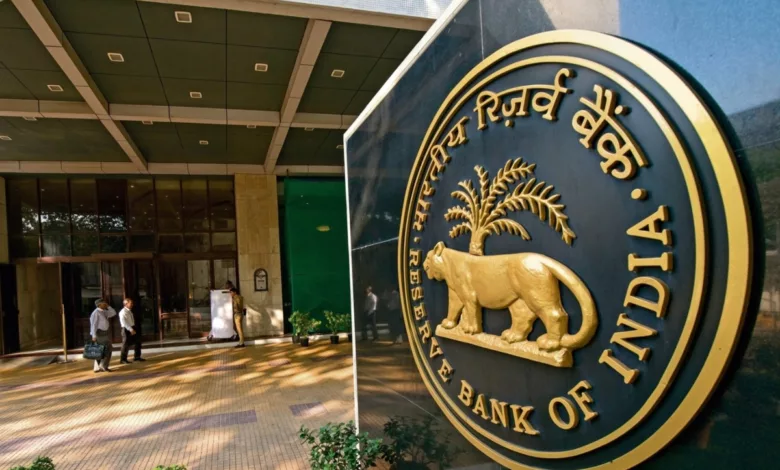
As part of its review of monetary policy, the Reserve Bank of India (RBI) raised the repo rate for the fifth day in a row. The real repo rate right now is 6.25 percent. Because of this growth, the costs of personal loans, auto loans, mortgages, and other types of loans have all gone up.
During the past year, interest rates have gone up by 190 basis points plus 35 basis points, for a total rise of 2.25 basis points. A few months ago, you could get a loan with a rate of 6.75 percent. Now, you can get one for 9% less than you could before. Despite what the central bank has done recently, inflation has gone up a lot in the last year.
As banks continue to pass on rising lending costs to consumers, the most recent increase in the repo rate will cause monthly payments (EMIs) to be higher than they were before. If homebuyers want to lessen the effects of the 2.25 basis point rise in interest rates, they must change their plans for paying off their mortgages in full or in part. As the average loan term gets longer, the only thing that can be done is to raise the EMIs. The interest rate will be much higher for a loan with a longer term.

Experts say that the repayment schedule is a great way to make sure that the interest payments don’t go up too quickly. If you have cash on hand or can make a partial payment, your rising EMIs might not bother you as much. If it is hard for the borrower to get more money to pay off the loan, they may decide to raise their EMIs by a set percentage every year to cover the rising interest payments. Here are some things you can do to deal with mortgage rates that are going up.
But first, let’s look at what an EMI is and what a repo rate is.
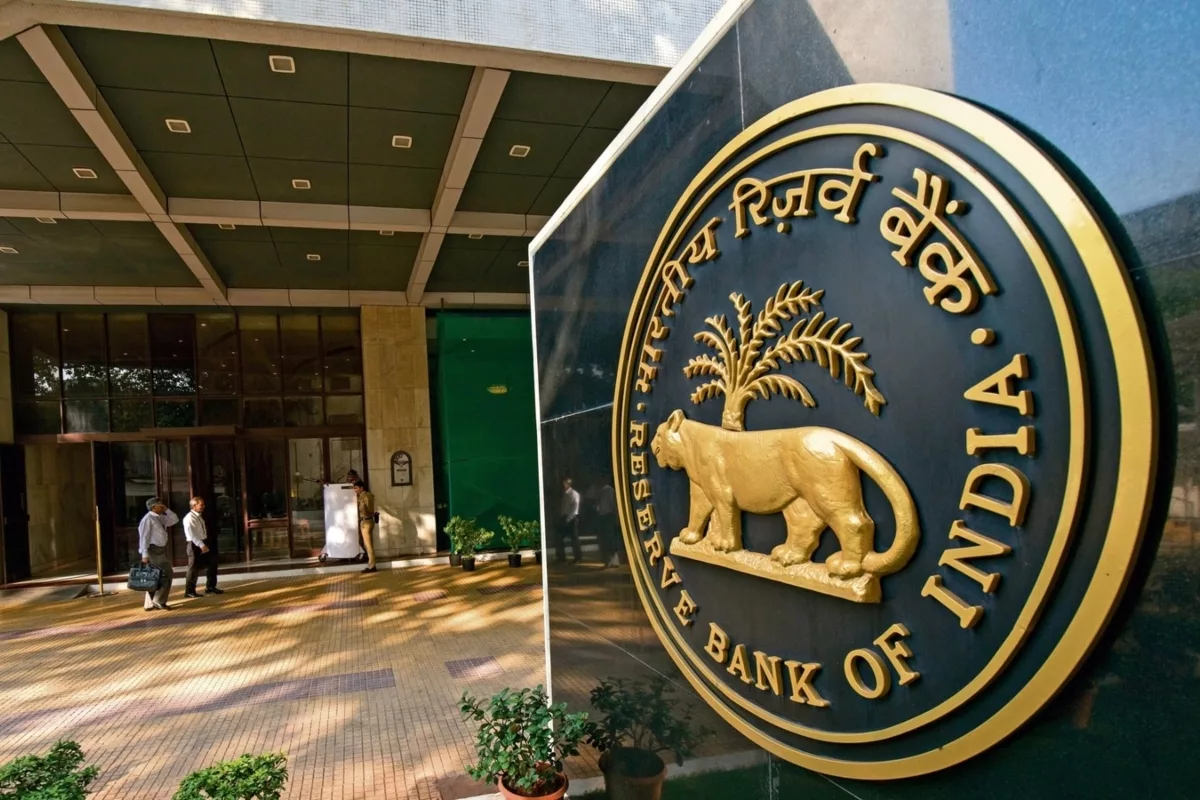
Repo Rate:
The Reserve Bank of India is where commercial banks in India go to get money when they need it. When commercial banks borrow money from the Reserve Bank of India, they pay an interest rate called the repo rate. The Fed and other central banks use this rate as another way to keep inflation in check.
If prices keep going up, the central bank may decide to raise the rate it costs to borrow money. Since commercial banks can’t borrow money, there is less money in circulation, and inflation goes down.
The repo rate might decrease if inflation falls below the central bank’s set target rate. Because of this, commercial banks have a reason to lend money. Then, they will use the money to make loans to customers and put it back into the economy.
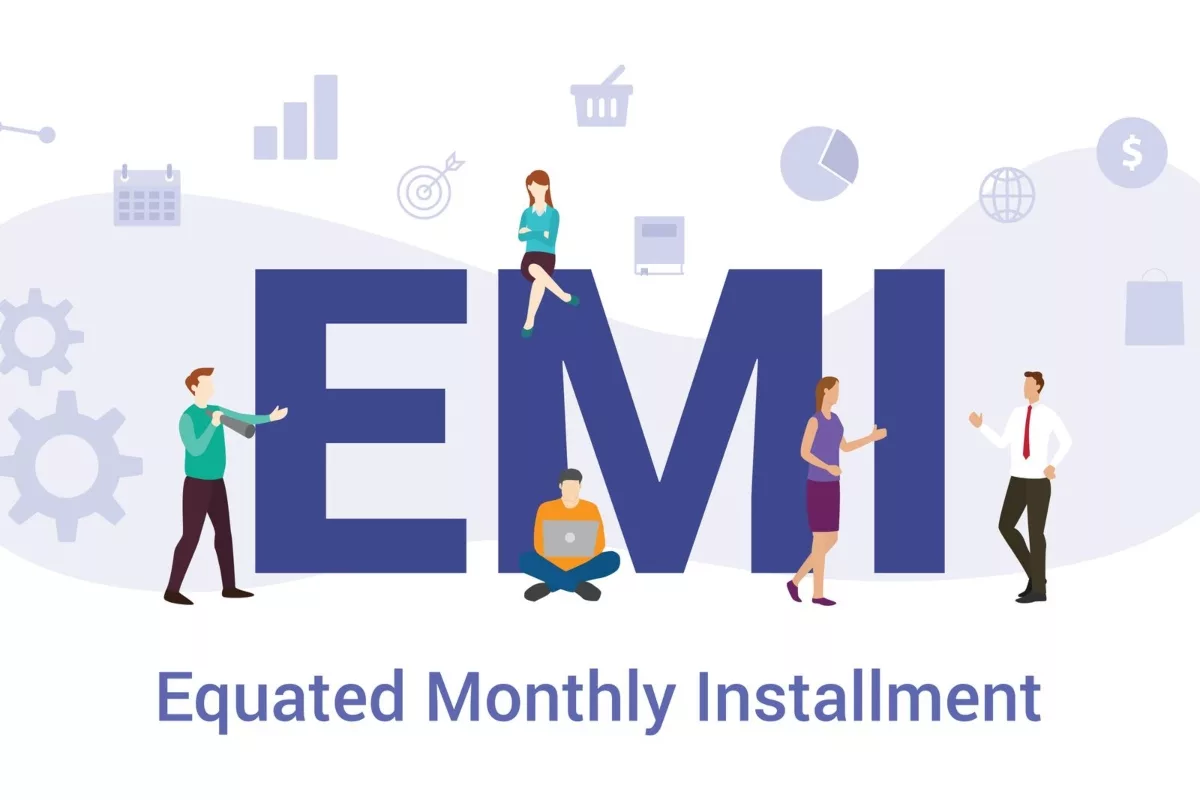
EMI
When you borrow money from a bank, you usually have to pay it back over time. “Equal monthly installment” is the term used for each payment (EMI). The principal and the interest are the two parts of an EMI. Most of the interest on your loan will be paid back in the first six months. This means that when you start making payments, a big chunk of your first EMI will be of interest. As the end of the loan term draws near, more of each monthly payment will go towards paying off the loan’s principal.
Looking at how repo rates and EMI rates work together
In December 2020, the Monetary Policy Committee of the Central Bank of India will change the repo rate to 4.00%. A reverse repo rate of 3.25 percent has also been set, and it will also go into effect in December 2020. (MPC). As of March 2020, the repo rate had fallen by 115 basis points.
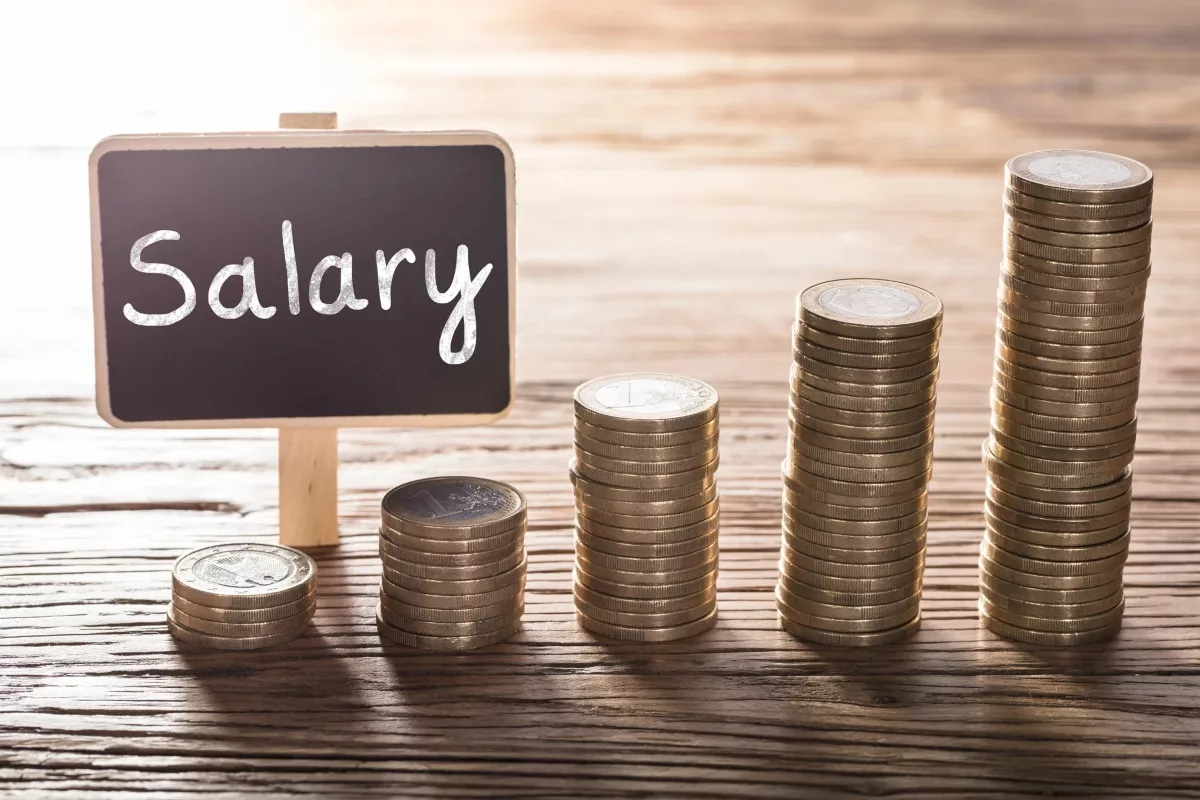
How repo rates have an impact on real mortgage interest rates
In an ideal world, a low repo rate would make it easier for more people to get loans. When the Reserve Bank of India lowers the repo rate, banks are likely to cut the interest rates they charge on loans. This means that the interest rates on loans given to customers have gone down, making their monthly payments smaller.
When the repo rate goes up, interest rates are also going up, so the cost of a customer’s loan goes up as well. Interest rates must go up because private banks must pay more to borrow money from the central bank.
But this doesn’t happen very often. It is said that it takes some time for Indian banks to lower their lending rates after the Reserve Bank of India does so. When the repo rate goes up, banks quickly raise the rates they charge for loans in order to stay competitive.
The RBI put in place the MCLR regime to change how commercial banks work. Banks must now put out new interest rates every month for at least five different time periods. Other rules place restrictions on how much of the spread can serve as the base rate. Banks can have a “buffer” that is up to 25 basis points higher than the MCLR. Now that there is a new MCLR mechanism, it might be easier to connect the repo rate and the EMI.
See also: How to Figure Out a Term Loan.
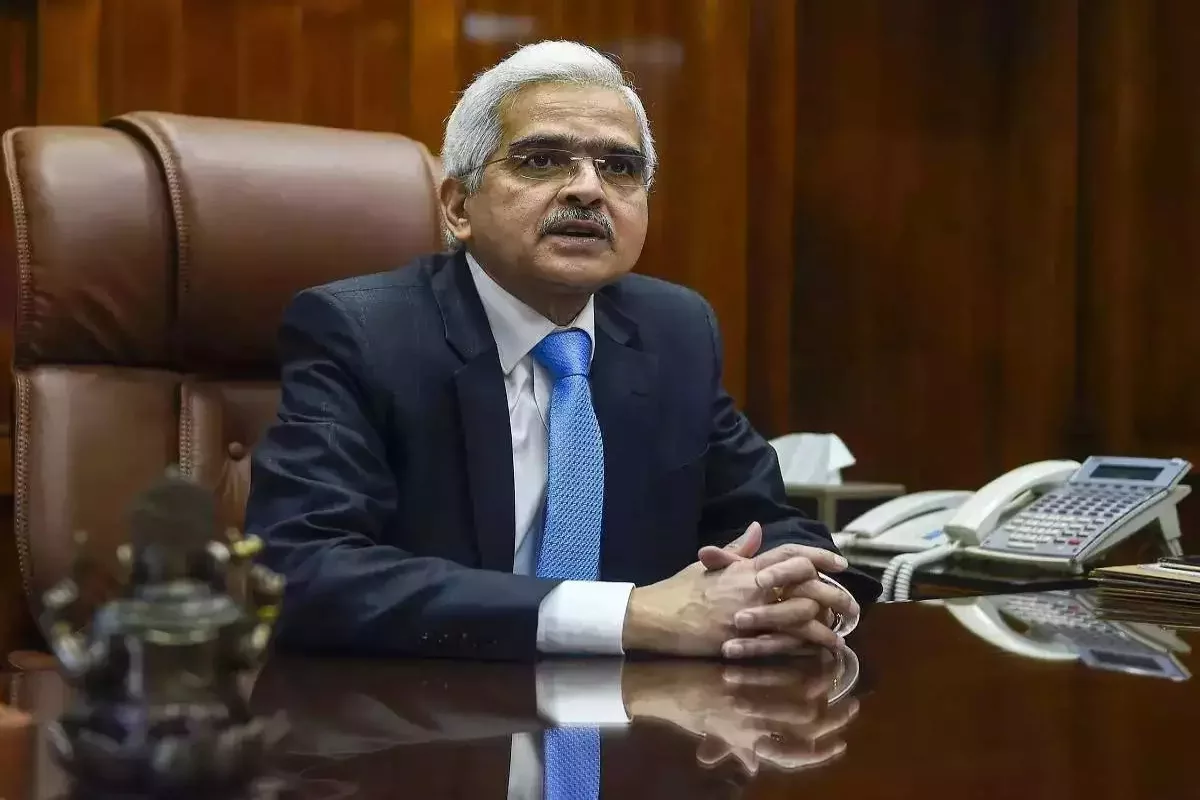
How to lessen the EMI burden
As the repo rate went from 4% in May 2022 to 6.25% in December 2022, banks raised the rates on their loans. Because inflation is putting pressure on the economy, the central bank recently raised interest rates by a lot. This has hurt creditors the most. Because interest rates and EMIs are going up, it is harder for customers to pay their bills. Join us for a meeting to hear what our experts have to say about what borrowers should do if their loan rates are going up and how to lower EMIs.
Can you pay off your debts faster and save money on interest? This is, without doubt, true. By choosing one of the three options below, borrowers can pay off their loans faster and save money on interest.
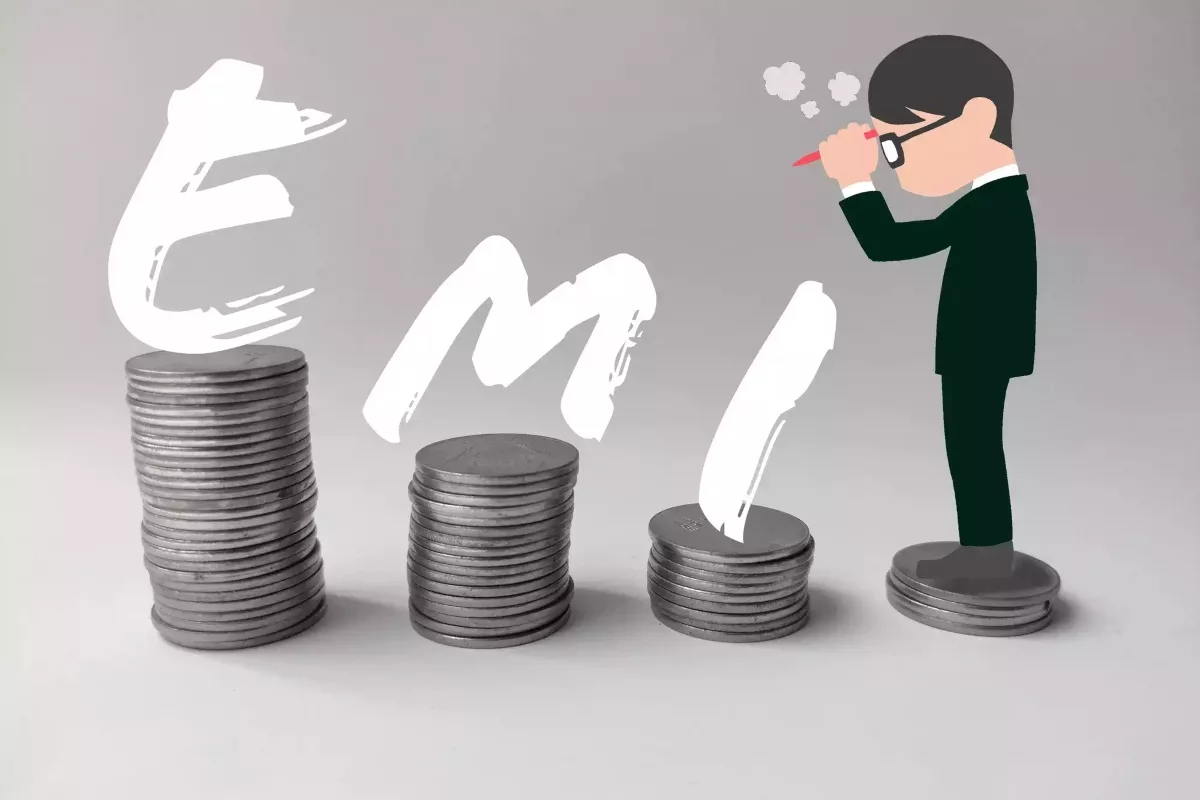
Each year, you could add an extra EMI payment.
In the previous example, the loan is for 20 years, the annual interest rate is 8.5%, and the monthly payment is $43,391. By making an extra EMI each year, you can cut your total interest payments by up to Rs. 10.2 lakhs and the length of the loan by up to 3.3 years.
If your EMI payments go up by 5% per year, you might want to think about your options again.
If you can afford it and your income goes up every year, you might want to raise your EMI by at least 5% each year. By doing this, you can cut the time it takes to pay off your loan by up to 7.5 years and save up to Rs. 19.5 lakhs in interest.
You might want to pay down your loan with your annual bonus or other extra money.
You can pay off all of your debts right away with the money from your annual bonus or incentive. If you pay an extra Rs 1 lakh every year, you could cut the length of your loan by six years and save up to Rs 18.50 lakh in interest.
Conclusion
The interest on a loan takes up most of a mortgage payment each month. So, people who borrow money should be careful about the risk of interest rates going up. Making the loan last longer, which would lower the monthly payment (EMI), could make this easier. Use incentives and extra money whenever you can to help pay off your debts. Cut the length of the loan while keeping the same monthly payment. There are many choices, but choosing the best one requires a careful look at your current finances and the help of a qualified financial advisor.
Edited by Prakriti Arora




